The question we are asked the most is. "How much money do you need to start a mushroom farm?" The question behind the questions is: "How to start profitable mushroom farming on a budget?"
We have been struggling for years to find the answer, but we think we finally can give it to you! In this blog post, we are going to share a five-step plan to start profitable mushroom farming on a budget.
We wrote before on how we gradually build our mushroom farming business plan. It evolved over time. Based on the knowledge of more than eight years of mushroom farming, we feel confident to share this approach with you.
The big challenge with the question is the enormous difference in [living] cost per country. This influences all parts of the operational costs of a mushroom farm. Even in Europe, there is a big difference between the price level of Portugal & Spain and The Netherlands & Denmark. Next to that, it influences the average prices people are paying for mushrooms.
A third big influence is what kind of mushroom farm type you want to start. You can start a type A mushroom farm with a much smaller investment than a Type B2. We started as a B1 farm and gradually grew into a B2. We started collecting coffee grounds and delivering mushrooms in our cargo bike. That requires a small budget but is definitely not the holy grail in starting profitable mushroom farming on a budget.
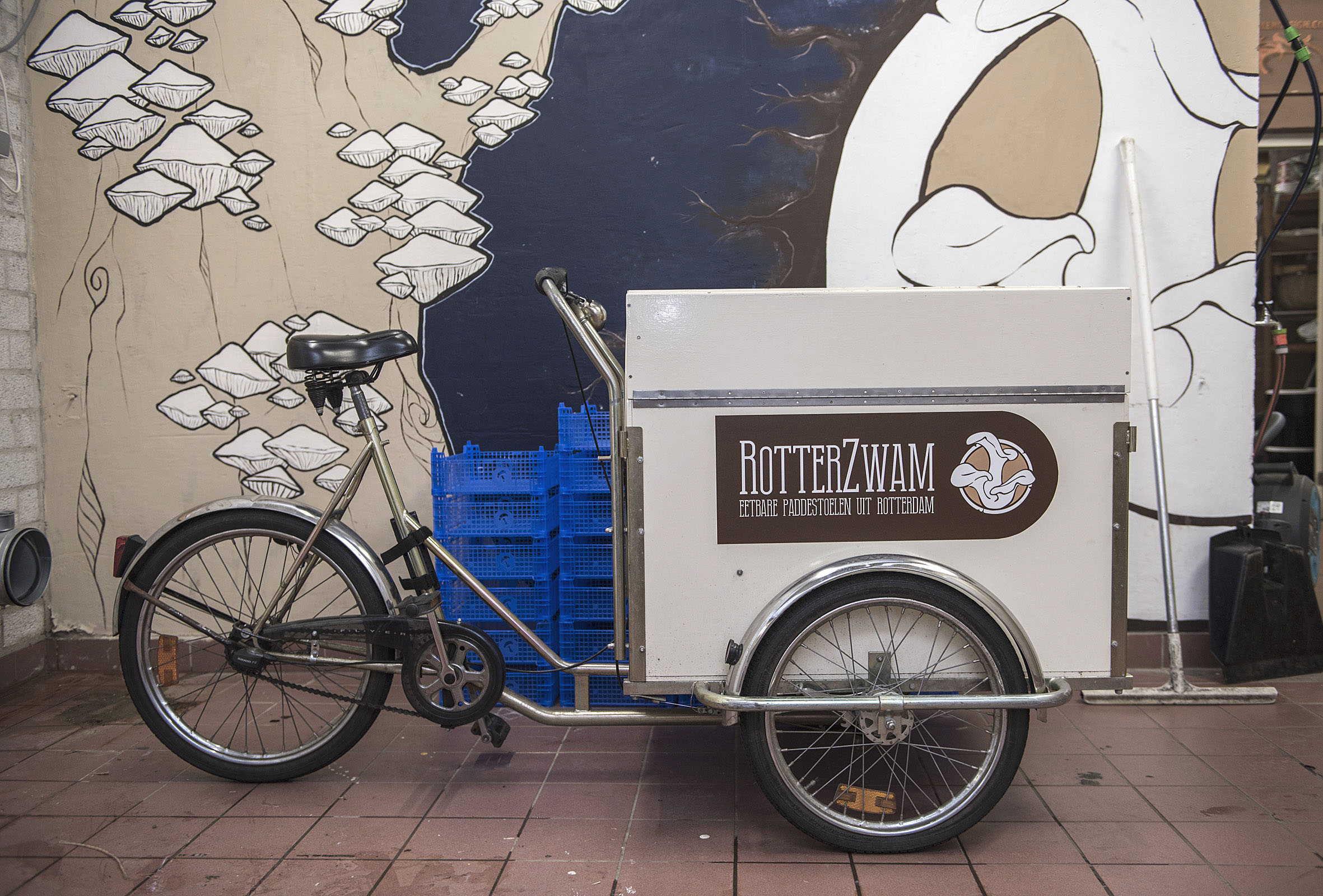
With such a wide range of prices and the five different mushroom farm types out there, it’s has proven impossible for us to make a good estimate on how much money you need to start a mushroom farm. But we think we have found the next best thing. A five-step plan to start a mushroom farm on a budget.
Step 1 acquire knowledge
The starting point with any venture to acquire basic knowledge on the subject. On knowledge, you can build an empire. An empire of mushrooms that is ;-). There is a wide range of ways to do this. You can read books [we highly recommend ‘Growing gourmet and medicinal mushrooms’ by Paul Stamets], watch YouTube, do an internship or even better, follow a proper education with an experienced grower.
rotterzwam offers an online course for the beginning mushroom farmer and also an offline Mushroom Master Program. Ekofungi in Serbia has a great education program and they have over 20 years of experience in mushroom science. In Belgium, Mycelia has interesting courses on a wide range of topics.
The next step is to implement that knowledge. There the advantage of education pays out. The day after you finished the program, you can start to implement the things you have learned. With our Mushroom Master Program, you get all the tools you need to start your growing.
Step 2 offer workshops
The second step is to offer workshops on growing mushrooms at home. We found a lot of interest in this subject. We have people from the neighbourhood of Rotterdam but also the far north and south of the Netherlands. The good thing about a workshop is that you can attract a lot of people from all over the country and still not compete with other regional active farmers. There is a big market for all kinds of workshop activities.

It was also the first important cash flow for rotterzwam. While we were busy finding a working recipe for a substrate based on coffee grounds, we didn’t generate any income on the mushroom side. We weren’t growing any, yet...
The first workshop we organized lasted a full day. We charged €75,- per person and people flocked to it like flies on....... We planned it on a Sunday from 09:30 to 16:00. We had between 12 and 16 people joining the workshop every month. Corrected for VAT, it brought in between €800 and €1.000 per month. Our very first cash flow.
But after a few years doing these all-day workshops at the weekend, we found it was more and more exhausting after five days of hard work. We then switched to a two-and-a-half-hour workshop during weekdays. We charge €45,- for that workshop.
We have created a pdf with the content of the complete schedule for both workshops. It’s available for free for the Members of the Mushroom Learning Network Community Platform. You might consider joining.
Step 3 collect organic waste streams
The rotterzwam Growkit is our best-selling product. Our best-selling service is our proposition to collect coffee grounds. It brings in around €6.500 in revenue every month based on a collection subscription. We have fine-tuned it over the years based on feedback from our local market. The first few years we collected for free, but once we could collect on a regular basis and use the collected coffee grounds for substrate production, we started charging a fee.

But you don’t have to wait with collecting organic waste streams like coffee grounds until you have a fully operational farm. Have you ever considered collecting this material and composting it on your site? If you want to cascade the nutrients to another kingdom, you want to prevent the material to end in the incinerator or the landfill. You can do that in a variety of ways. The best would be to use it to produce food on it. But composting is a good second best. Last but least you could consider bio digesting.
We prefer the first two options and only lately we have seen tremendous opportunities around composting solutions. Not only for the urban mushroom farm that is starting up. Also, for the urban mushroom farm that is in full operation.
Full operation
An urban mushroom farm in full operation produces a steady stream of spend substrate. You need to discard that material according to local legislation. Both ecological legislation and legislation by your local municipality or national laws. At the rotterzwam farm, we are talking about 5.000 kg of spend substrate every month.
Good luck finding a proper place to discard that material in the middle of a city. You need to think of that in advance. A smaller A or B1 farm can make a deal with people who own a kitchen garden. The substrate can be used as a soil enhancer. But once you have grown to a B2 farm. You need another solution. Think about collaborating with a local farmer. They can take in a few 1.000 kg at a time.
Composting makes economic sense. You can mix your spend substrate to get a proper C/N ratio and start a thermophilic composting process. You would need to invest in a professional composting machine because a 1 m3 compost pile would not do the trick. But once you have that going, you can convert your spend substrate into compost. Eliminating the cost of disposal, time and transport AND creating a cash flow around selling the compost.
Starting up
An urban mushroom farm that is starting operations, has a similar [but different] challenge. You want to start collecting a waste stream that you can convert into substrate somewhere in the near future. Ideally, you want to generate an incoming cash flow before you start that investment. Then composting also makes economic sense.
Create a proposal around the collection of this waste stream [doesn’t have to be coffee] and start to get paid for that. Build your local network of customers. Most of them are probably open to making additional purchases later on. When you would introduce mushrooms or mushroom related products and services for example. ;-)
Investing in a professional composting installation would help you start your business on a positive cash flow from day one. You could gather letters of intent from prospects. Once you have enough letters of intent to cover the cost of the composting installation, you could launch the company.
Maybe you can even rent a machine with an option to purchase. Check the possibilities for professional composting installation. Compostandig offers affordable systems in the Netherlands, Belgium, Germany and Luxemburg.
Step 4 purchase substrate
When we started farming mushrooms, we were surprised to find that most mushroom farmers buy ready substrate. They don’t produce it themselves! That was a real shocker. In the Netherlands, there is basically one company that is producing substrate for all mushroom farmers.
In the Netherlands [at the moment] you can only purchase phase 2 substrate. That still needs to incubate for a few weeks on your farm. In France, there are producers like Lentin de la Buche that also offer phase 3 substrate. That substrate is already pinning when it arrives at your farm. No need to wait. Just harvest.
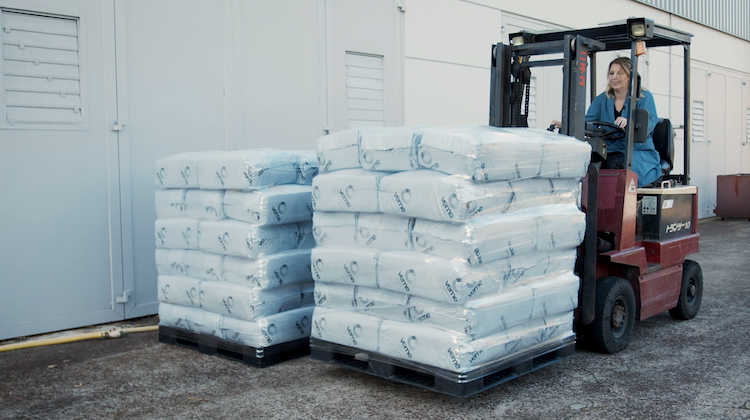
The advantages of purchasing substrate are obvious. No investing in big machines, pasteurization tunnels, packing machines, all the labour that comes with it and the required expertise. When you buy ready substrate all you need is growing rooms for incubation and fruiting that can produce the climate the mycelium and the mushrooms need.
When cultivating mushrooms, making reliable and stable substrate is, in my opinion, the most challenging part. Introduce coffee to that equation and the level of difficulty triples. When you purchase ready substrate you can start a steady stream of mushrooms and experiment with different ways to sell mushrooms to your local market.
In 2021 we introduced het ‘zwammenement’. It’s a word joke combining the word ‘zwam’ [meaning mushroom] and ‘abonnement’ [meaning subscription]. It’s a B2C subscription on mushrooms and mushroom related products. We charge €18,- per month and our customers can choose 5 different configurations. This way, they are not only purchasing mushrooms but also our spread and snacks to prevent the subscription to become monotonous.
We just ended the pilot with a small group to get the bugs out of the order and communication flow. The next step is to slowly upscale the number of subscribers. When you get 75 people to join a program like that, it gives you a revenue stream of €1.350.
Step 5 produce substrate
And then you end where most urban mushroom farmers begin. Make your own substrate. It may feel counterintuitive to end this 5-step plan by making your own substrate. But it makes a lot of sense. Producing your own substrate demands a lot from you.
knowledge and experience
First, you need to acquire the knowledge needed to make your own substrate as mentioned in step 1. But everyone with a driver’s license knows that you learn the basics during classes, but you actually learn to drive when you have the license and drive through traffic regularly. It’s the same in making substrate. You learn by doing and you don’t want to get started making tons of substrate and then having to toss it because everything got infected.
It’s the same reason you don’t copy paste another business case from the Blue Economy. You need to search for material that is locally available and then use that material to make small batches of substrate. Because you know what you are doing, you can pinpoint the reason for a Trichoderma outbreak much easier.

Raw materials
Take time to scan your surroundings to what organic materials are available for adding to your substrate. This can be a wide array of material: clippings from olive or fruit trees, all kinds of straw, coffee grounds, coffee husk or chaff, cotton, woodchips, cardboard, roadside grass and more. Then look into if this is available year-round or that it's available based on seasonality. Based on this you can make a plan for your substrate production. Consider the higher demand for mushroom in the second half of the year.
Then you can do several tests in mixing these materials to make a stable substrate. Consider this as one of the more important parts where you focus on innovation. We see type C and D mushroom farmers continuously experiment with things like substrate production and where and how to perforate the bags.
Equipment
When you make your own substrate, you need a wide variety of machines to help you in this process. You need equipment for washing or pasteurizing your raw materials. You need equipment to mix your raw materials, you need equipment to bag your raw materials. If you don’t buy bags of the shelve, you need equipment to perforate your bags. Check our open-source design for a bag perforator.
You need equipment for internal transport. Bringing your substrate bags from the substrate production room to the growing rooms. And that is just the big and obvious stuff. Then there is an endless list of small things you need. Mushroom crates, stamps, best before stickers, scales, gloves, scissors, ty raps, measuring cup, stainless steel dishes, stainless steel workbench, compressor, water hose, buckets and much more.
This is not to discourage you, but to let you know that it’s easy to underestimate that amount of stuff you going to need to properly make your own substrate. It can be daunting. So with these things in the back of your mind, it may start to make sense why we recommend this approach. First acquire knowledge, second host workshops, third collect organic waste streams [and get paid for that], fourth purchase substrate and fifth start to produce your own substrate.
I’m not suggesting that this approach would work for everybody. But with the knowledge I have today, farming mushrooms in an urban environment since January 2013, this would be the route I would follow, when I had to start over.
Before the end of this year, we hope to have integrated a composting machine by Compostandig in our operation. Then we can completely close the circle with our own business activities. We then save coffee grounds from the incinerator and produce food and compost with it. No more waste. :-)
** ** ** ** ** ** ** ** ** ** ** ** ** ** ** ** ** ** ** ** ** ** ** ** ** ** ** **
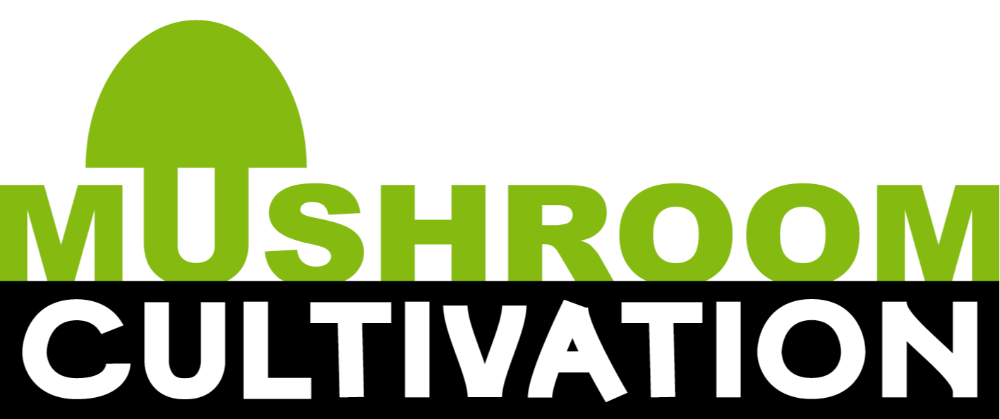


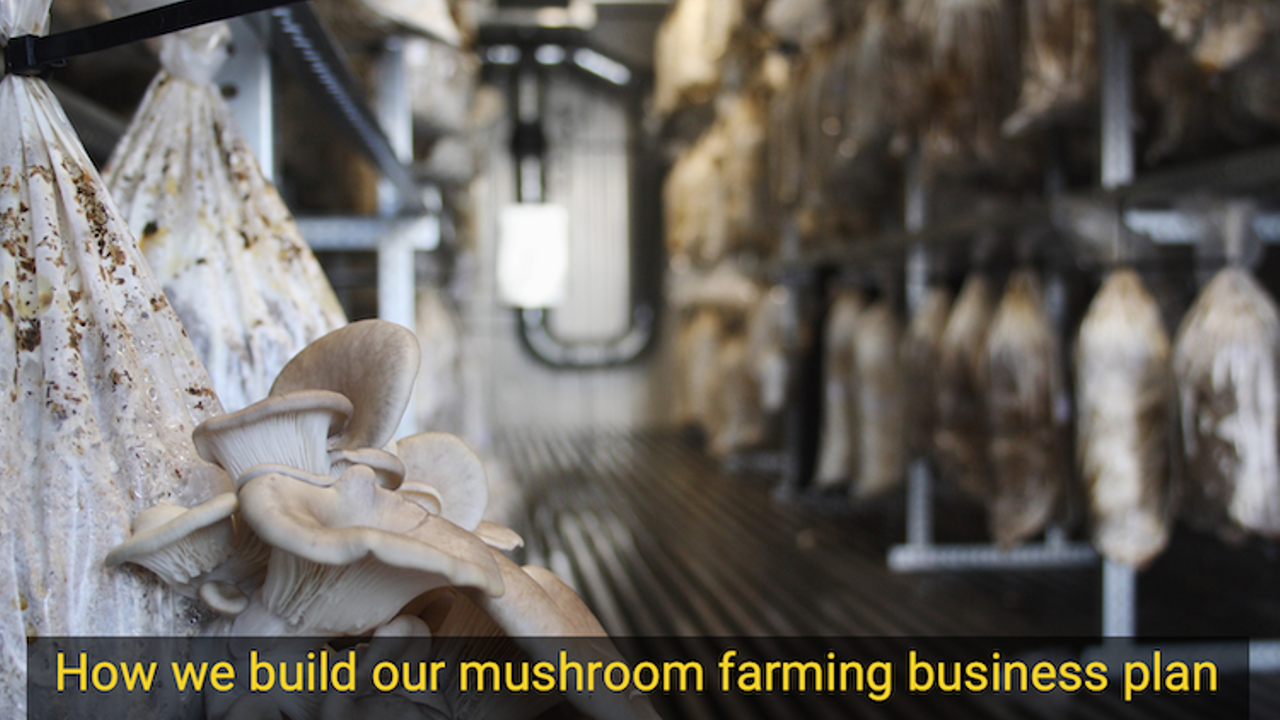
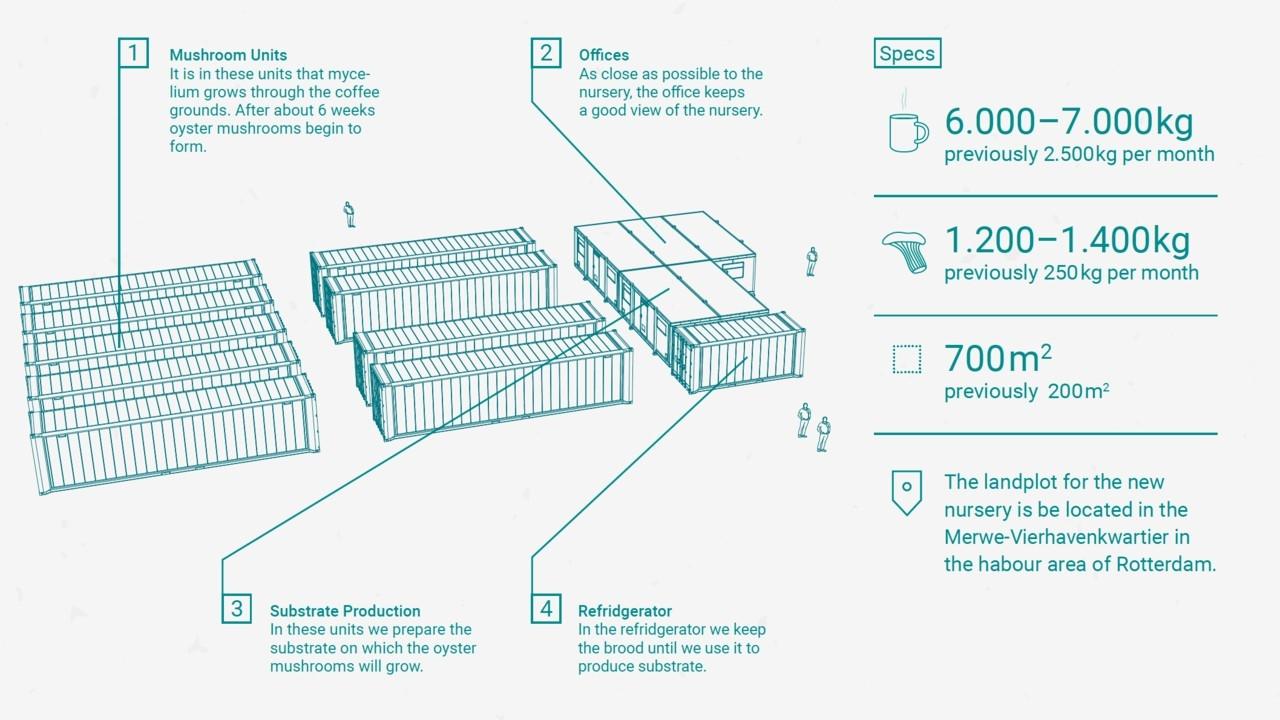
Leave a comment
This site is protected by reCAPTCHA and the Google Privacy Policy and Terms of Service apply.